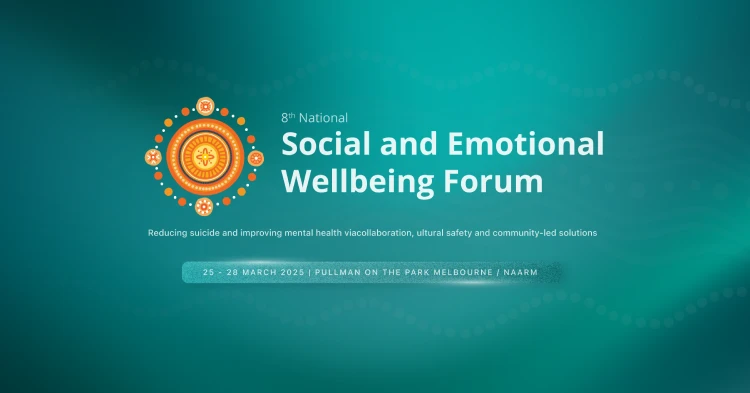The latest data from the national regulator shows cost of living issues have impacted charities.
The Australian Charities and Not-for-profits Commission (ACNC) released the 10th edition of the Australian Charities Report.
It finds total sector revenue rose by $11 billion (or 5.6%) to a record high of just over $200 billion in the 2022 reporting period, compared to the previous period. However, the growth in revenue was outstripped by the increase in expenses, of $22 billion (or 12.6 %). The growth in expenses was around double the inflation rate.
Employee expenses rose by nearly 10% – the highest annual rise ever recorded. The sector remains a major employer, accounting for 10.5% of the Australian workforce. Still, it continued to depend on volunteers, with more than half of all charities operating with no paid staff. Volunteer numbers increased to 3.5 million – up from 3.2 million in the previous period.
Commissioner Sue Woodward AM highlighted this comprehensive analysis helps us understand some of the challenges affecting charity operations.
“Our latest data demonstrates charities make an enormous contribution to Australia’s social fabric, its economy and employment. It is important to recognise that the rise in expenses and liabilities outpaced the rise in revenue and assets in percentage terms,” said Woodward.
Donations to charities grew by 4.4%. Donations and bequests totalled $13.9 billion, a rise of more than $584 million. Interestingly, charities distributed $11.7 billion in grants and donations primarily to other charities and not-for-profit organisations, mainly in Australia.
“That’s an increase of 21% on the previous period, which is a substantial rise in philanthropic giving.”
“As the government considers the Productivity Commission’s recommendations to boost giving in Australia, this data offers an important insight,” added Woodward.
Focus on extra small charities
The 10th edition includes a spotlight on extra small charities – those with annual revenue of less than $50,000. They make up around 31% of the sector, but operate with just 0.1% of sector revenue.
In contrast, extra-large charities – those with $100 million or more in annual revenue – comprise 0.5% of the sector but operate with more than 54% of the aggregate revenue.
The five-year analysis in this focus section, comparing data from the 2017 and 2022 reporting periods, shows almost 90% of extra small charities operated with no paid staff. Further, they had a 17% drop in the number of volunteers and an 18% drop in paid staff.
“The differences between the smallest and largest charities could not be starker,” said Woodward.
“This five-year focus data shows the cost of operating and delivering services has increased but extra small charities haven’t received sufficient revenue or donations to keep pace.”
Woodward added that this edition of the Australian Charities Report really highlights the enormous diversity among charities.
“While the ACNC does not set policy, we can highlight that most of the sector operates on low revenue with no paid staff.”
“When we talk about charities or when policy is made, we must be mindful of the difference in resources and capacity – variation between the charity sector and the business sector but also within the charity sector itself.”
“So many Australians rely on the programs that charities provide, especially as cost of living pressures impact across the community,” said Woodward.
Third Sector provides high-level content and services for professional development and organisational growth to leaders and senior executives from Australia’s NFP sector and its supporting industries.
- Third Sectorhttps://thirdsector.com.au/author/thirdsector/
- Third Sectorhttps://thirdsector.com.au/author/thirdsector/
- Third Sectorhttps://thirdsector.com.au/author/thirdsector/
- Third Sectorhttps://thirdsector.com.au/author/thirdsector/











